Sunflower, Maximilian
Used in food plots for birds, erosion control, and prairie mixes. Perennial.
Used in food plots for birds, erosion control, and prairie mixes. Perennial.
| Grow Height | Bloom Period | Growing Regions | Planting Rate Acre |
Bloom Color |
| 3-10′ | July-Oct. | 5 PLS | Yellow |
| Weight | 1 lbs |
|---|
Be the first to review “Sunflower, Maximilian” Cancel reply
You must be logged in to post a review.
Related products
Native, cool-season perennial which can grow up to three feet tall. The plant produces a basal rosette of leaves that can grow eight inches long.
Well adapted native annual wildflower to the plains states. Blooms first year into late summer.
Daisy-like flower. Very low maintenance. Well adapted. Perennial. This is one of the major wildflowers found in meadows and native to most of North America.
Full sun or part shade. Useful ground cover. Flowers are up to 4" across. This perennial is a substitute for Common Daisy.
Native to Texas and many or the plains and mountain states. Often found growing in shallow soils, preferring disturbed sites in dry, sandy or gravelly soil with a neutral PH.
Introduced to America from Europe. Short lived and Hardy annual. Flowers are white forming dense delicate clusters. Prefers full sun in drained soils.
Adapts to many soils. Use in meadow and prairie seed blends. Prefers cool climates.
Stout, sparingly branched, pubescent perennial, with large, oval, blue-green leaves and showy, spherical clusters of rose-colored flowers.
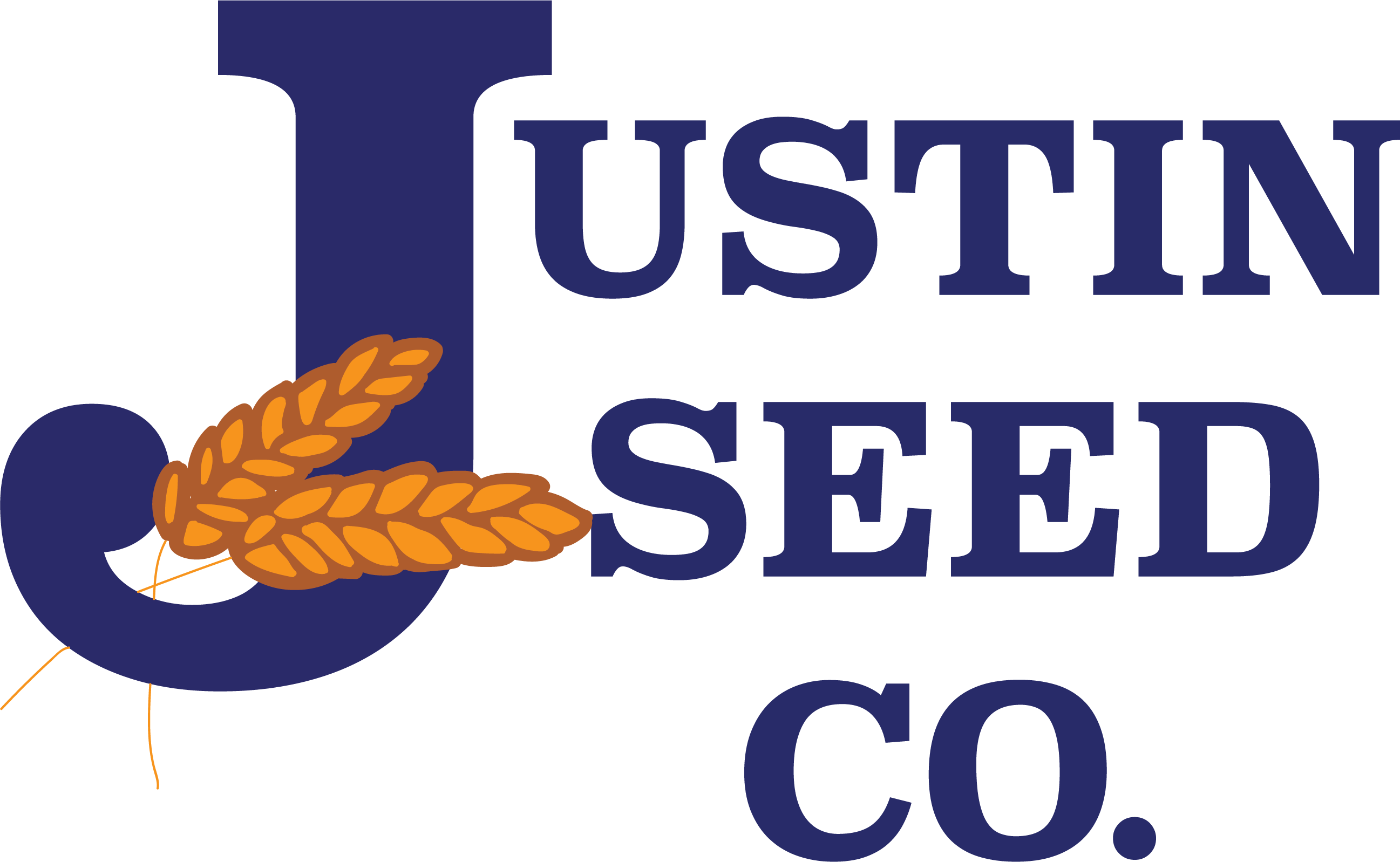
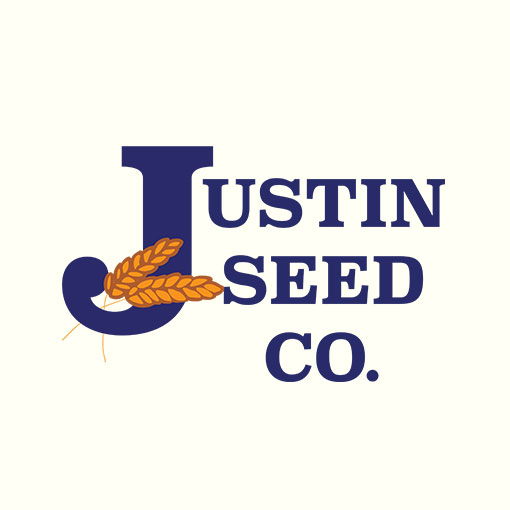
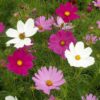

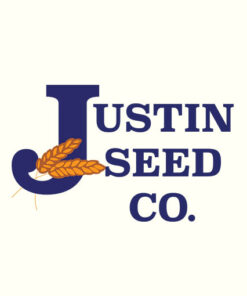
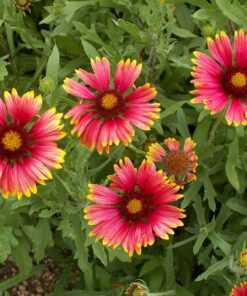

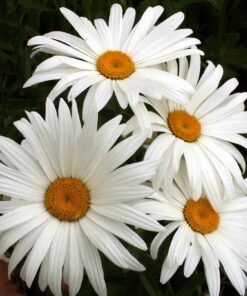
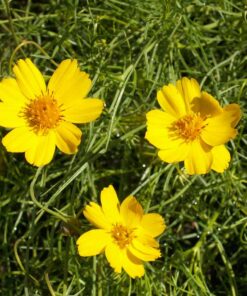
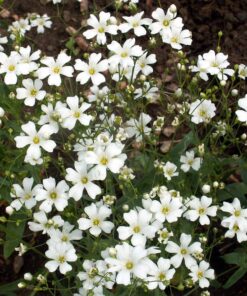
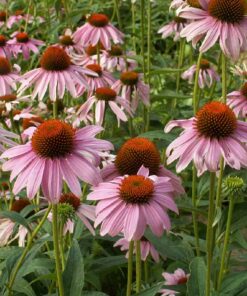
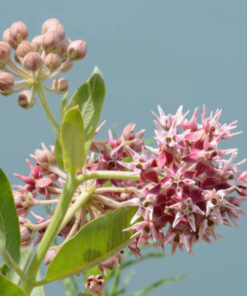
Reviews
There are no reviews yet.